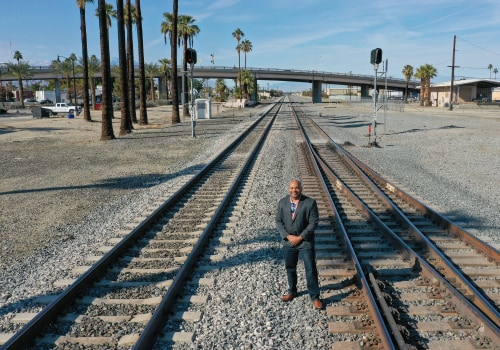Los Angeles County has witnessed a profound transformation in its transportation systems, evolving from a car-centric culture to embracing a more diversified, sustainable, and technologically advanced transportation network. This shift is driven by the need to address the notorious traffic congestion, reduce environmental impact, and improve accessibility for its diverse population. Initially dominated by a sprawling freeway system that supported the county’s rapid post-war expansion, LA’s transportation infrastructure has gradually incorporated an expanding public transit system, including subways, light rail, and bus routes, aiming to reduce reliance on individual automobiles.
The Metro Rail system, in particular, has been central to this transformation. Extensions to the Expo, Purple, and Gold lines have significantly increased the accessibility of public transportation, connecting more neighborhoods and reducing travel times across the county. These expansions are part of a broader regional effort to encourage public transit use and decrease the environmental footprint of daily commutes. Additionally, the introduction of Metro Bike Share in downtown LA and other urban centers has integrated last-mile solutions that enhance the connectivity between different modes of transit and provide more flexibility for residents and tourists alike.
Efforts to transform transportation in Los Angeles also extend to roadways and highways, with initiatives like the introduction of high-occupancy vehicle (HOV) lanes and smart traffic management systems that utilize real-time data to optimize traffic flow and reduce congestion. The adoption of these intelligent transportation systems reflects a shift towards leveraging technology to enhance the efficiency of existing infrastructure.
Moreover, Los Angeles has become a testing ground for autonomous vehicle technology, with several companies choosing the region for pilot programs. This not only highlights LA’s role as an innovation hub but also its potential to lead in the adoption of autonomous transportation, promising even more significant changes in how residents and goods move around the county.
Sustainability is another key focus of LA’s transportation agenda, exemplified by the push towards electrification of the public bus fleet. Plans to transition to fully electric buses by 2030 align with broader environmental goals to reduce greenhouse gas emissions and combat climate change, a critical concern for a region heavily affected by pollution and its health impacts. These environmental initiatives are complemented by improvements in the infrastructure to support electric vehicles, such as increased availability of charging stations.
Public participation and investment in transportation have also seen a boost, particularly following the approval of measures like Measure M, which funds transportation projects through a sales tax increase. This measure underscores the community’s support for enhancing and expanding LA’s transportation networks and marks a pivotal shift in public attitudes towards transit investment.
Addressing the challenges of such a vast and varied region requires innovative solutions not only in transportation but also in how infrastructure is maintained in a changing climate. The integration of green infrastructure and sustainability practices in maintenance routines, including the management of stormwater runoff and urban cooling measures, plays a crucial role in ensuring that transportation advancements are resilient and sustainable. This is where services like HVAC in Los Angeles become crucial, not just for comfort but as part of the broader infrastructure management, ensuring that systems are efficient and buildings, including transit stations and maintenance facilities, are kept at optimal conditions for both workers and commuters.
Overall, the transformation of transportation in Los Angeles County is a multifaceted endeavor that spans policy, technology, and community engagement. As the region continues to grow and evolve, its transportation systems must not only keep pace with immediate demands but also anticipate future needs, including the impacts of climate change and technological advancements. By focusing on sustainability, innovation, and inclusivity, Los Angeles is paving the way toward a more connected and resilient transportation future, setting a precedent for metropolitan regions around the world.







